In Focus: Bernardo Bellotto, the Canaletto of the North
Being the nephew of Antonio Canaletto was both a blessing and a curse for Bernardo Bellotto, whose brooding landscapes eventually emerged from his uncle’s formidable shadow, as Michael Prodger observes.
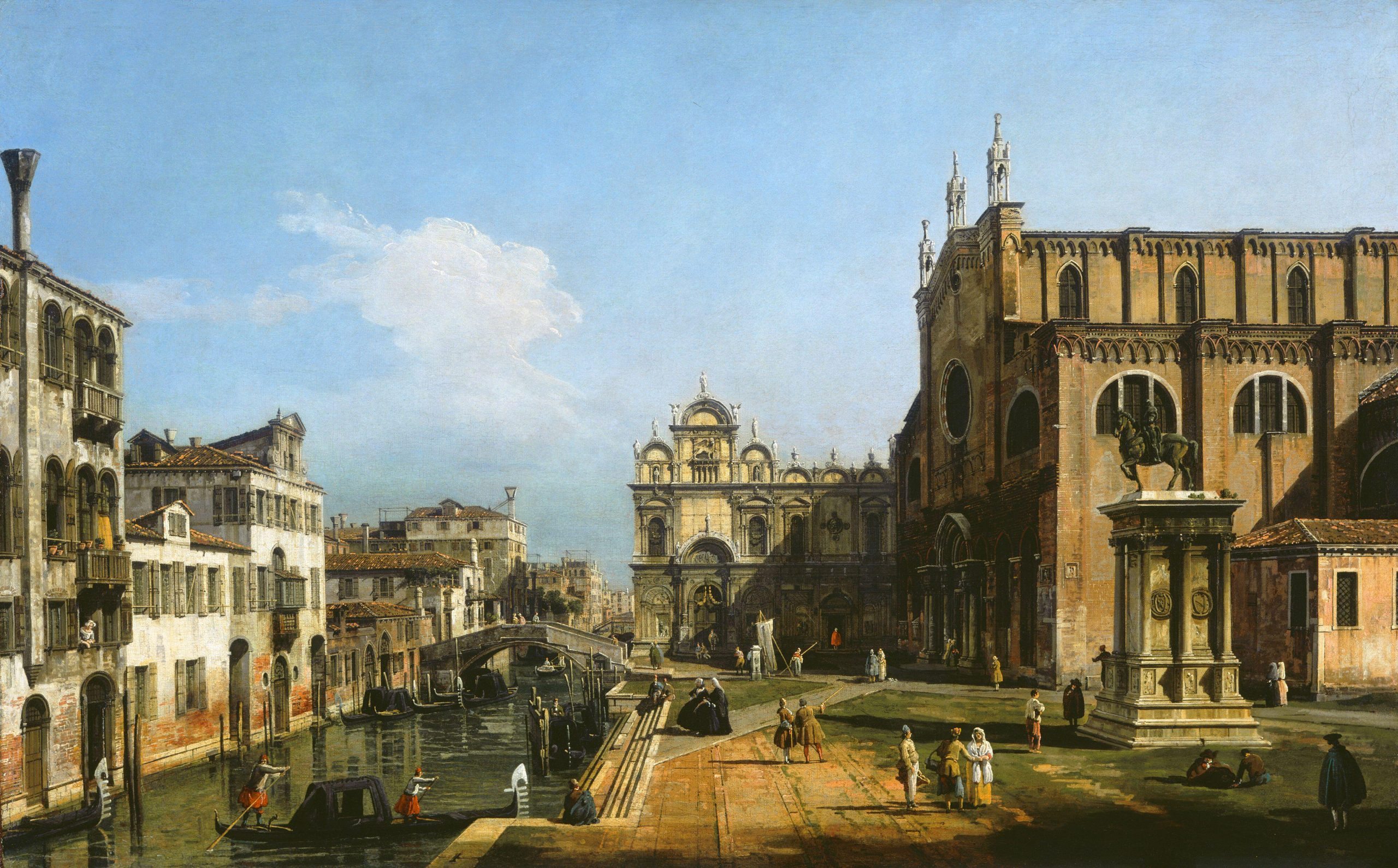

Bernardo Bellotto was lucky to have the mother he did. Whatever her maternal qualities, Fiorenza Domenica Canal happened to be the eldest of the three sisters of Antonio Canaletto, the most famous view painter in Venice and darling of the art-collecting British lordlings making their way around Europe on their Grand Tours. Bellotto was more than talented enough to have made a name for himself in his own right, but having a celebrity uncle certainly helped.
Bellotto’s father, Lorenzo, abandoned his wife and children when they were still young, so his mother’s family became even more important. Not only would Bellotto train in Canaletto’s studio and help him satisfy the growing demand for Venetian scenes, he would later point up the family connection by signing some of his works ‘Bernardo Canaletto’ or ‘Bellotto de Canaletto’.
The closeness between the two painters was such that Bellotto became known as ‘Il Canalettino’ (Little Canaletto) and, in northern Europe, where he spent most of his career, simply as Canaletto.
The linking of names was a neat piece of advertising that meant both Bellotto and his patrons could share in the reflected glory of ‘Uncle Antonio’.
Although Bellotto was skilled enough to be admitted to the Venetian painters’ guild at only 16, his style was initially so close to his eminent relative’s that there remains a certain amount of confusion as to who painted what. Canaletto taught his nephew how to draw and would use Bellotto’s drawings as the basis for his own compositions (Bellotto himself would make further paintings from them, too). It was a profitable production line.
Nevertheless, for more than a century after his death, Bellotto was thought of as merely one of the many followers of Canaletto, who turned out pleasant, if unremarkable views — souvenirs for well-to-do tourists — even if one contemporary described him as ‘the best there is, and who is as skilled as Canaletto’. In the second half of the 20th century, however, his merits were recognised once again. His rising stock was made clear in 2017, when the National Gallery in London acquired Bellotto’s view of The Fortress of Königstein from the North, 1756–58, for the hefty sum of £11.67 million.
Bellotto’s separation from Canaletto’s studio was gradual and, in the 1740s, he started to travel outside the Veneto, to Rome, Florence, Turin, Milan and Verona. In these cities, he compiled drawings and views that he could use for paintings and perfected his crisp-edged perspective and mastery of water effects — in which he superseded his teacher. In 1746, Canaletto left for England to be closer to his main patrons and the link with Bellotto was severed.
Sign up for the Country Life Newsletter
Exquisite houses, the beauty of Nature, and how to get the most from your life, straight to your inbox.
A year later, in 1747, Bellotto, too, headed north, although, rather than England, he made for Dresden. Within a year, making use of the connections he had forged in Canaletto’s studio, he was appointed court painter to Augustus II of Saxony (who was Augustus III as King of Poland) and became the highest-paid artist at the court. His relationship with Augustus and his prime minister Count Heinrich von Brühl was unusually close; they and their wives consented to become godparents to four of Bellotto’s daughters, who were born in Dresden.
In return, Augustus and von Brühl received a series of views of Dresden, the River Elbe, the nearby village of Pirna and the fortress of Königstein that showed how Saxony could equal anything Venice had to offer. It, too, had grand squares and churches, waterfronts and a thriving river life, processions and pageants. The underlying message was that the riches and prosperity on display were the result of Augustus’s benevolent rule. If Venice had reached its peak and existed now as a glittering stage set, then Dresden was a city still on the up.
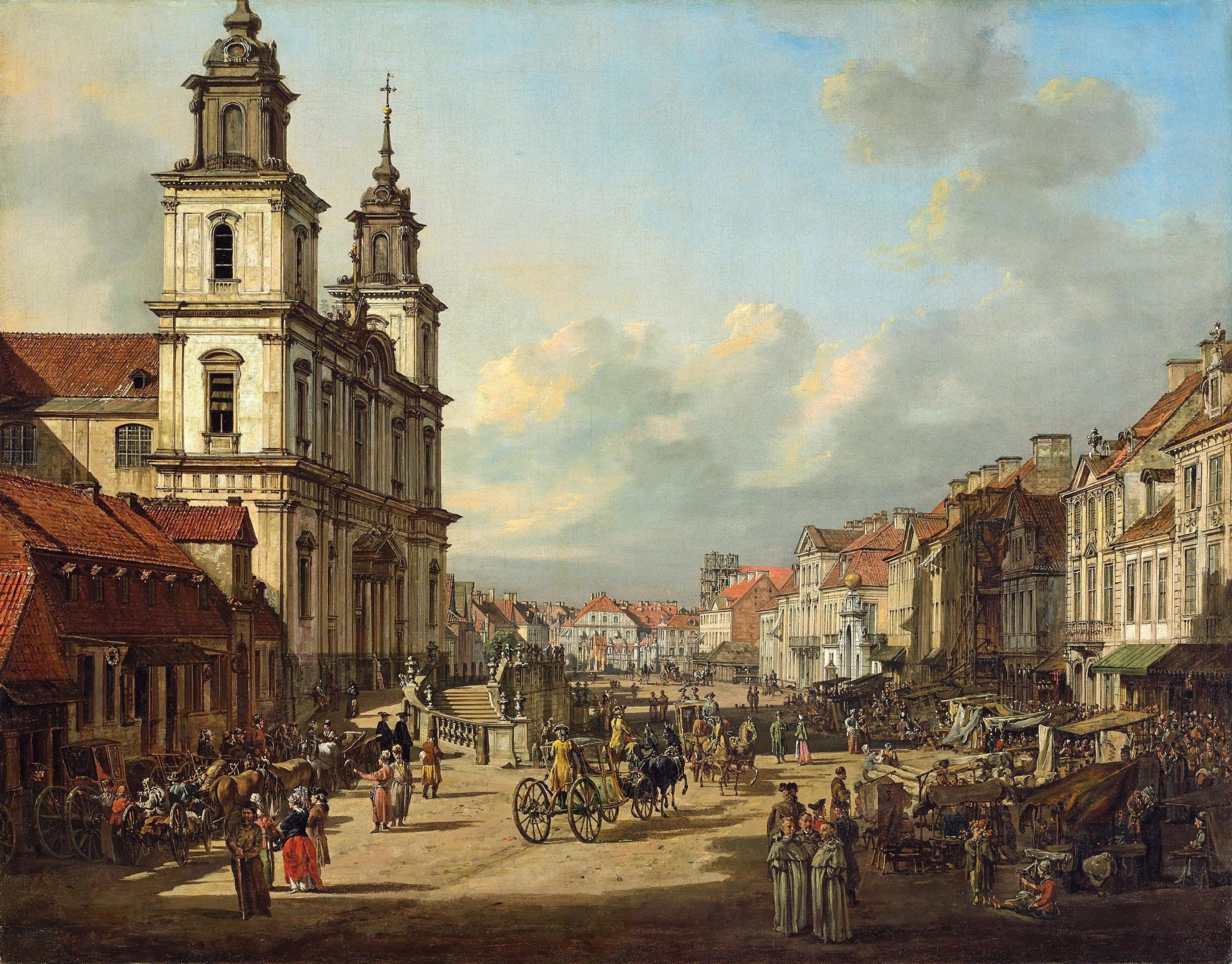
Saxony also suited Bellotto’s particular skills as a painter — north of the Alps, his skies became more atmospheric and romantic, sometimes brooding, sometimes expansive, his paintings bigger, his viewpoints more dramatic, the details more miniaturist, the tones slightly darker, the buildings more three-dimensional.
The paintings and etchings he made of Dresden were a success and Bellotto’s new wealth enabled him to furnish a handsome home with a library containing thousands of volumes, a fine collection of paintings (including, as a royal favour, portraits of Augustus and his wife), prints and sculptures, two Meissen porcelain sets given by von Brühl, luxury furnishings, a harpsichord, a telescope and a globe — all the accoutrements appropriate to a man of status and learning. We know all this because he left a detailed inventory of contents of the apartment that was only discovered some 10 years ago.
Then, he lost it all. The outbreak of the Seven Years’ War, in 1756, saw Frederick the Great of Prussia invade Saxony, Augustus flee to Warsaw and Bellotto head first to Vienna to paint for Empress Maria Theresa and then to Munich. On his return to Dresden in 1761, Bellotto found the city shattered by Prussian bombardments and his own home devastated and looted. Everything he had worked for and the position he had earned was gone.
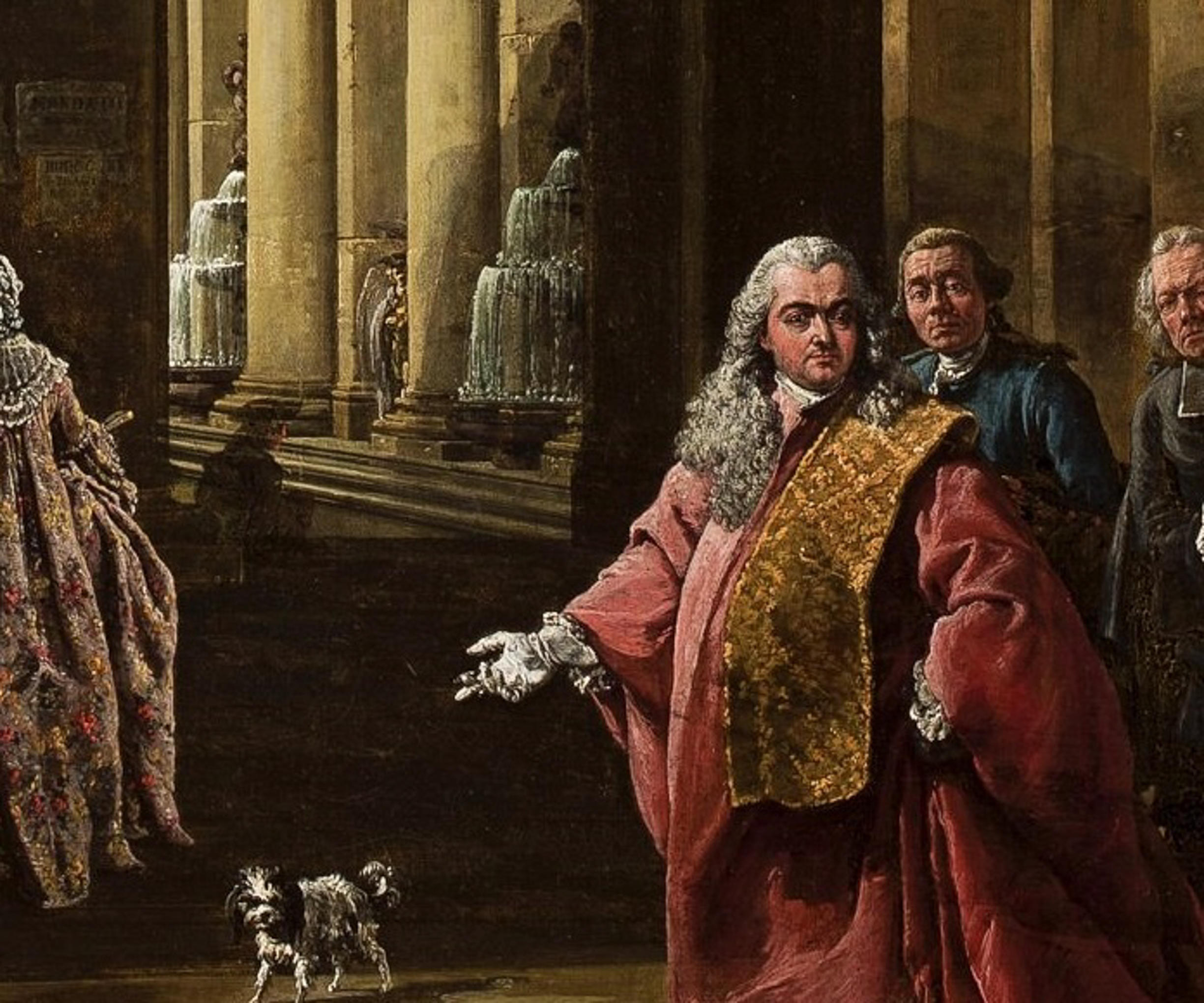
In the changed climate that followed the deaths of Augustus and von Brühl, it was native artists rather than foreigners who were in demand. Bellotto managed to win a teaching position at the Dresden Academy, but his salary was only one-third of what it had been.
In 1766, therefore, he decided to try his luck with Catherine the Great of Russia, yet he never reached St Petersburg. On his way north, he stopped at Warsaw, where he was quickly snapped up as court painter to the King, Stanislaw II Poniatowski, an avid collector of art. With his position and wealth regained and with the help of his son Lorenzo, Bellotto began painting views of Warsaw and its surroundings for Stanislaw, as he had done for Augustus in Dresden.
Again, these were not merely decorative pictures — they were designed to show the King and artist’s conception of Warsaw as the ‘new Rome’. Stanislaw was deeply invested in the project and would visit Bellotto daily to check on the progress of his work.
After 14 secure and productive years in Warsaw, Bellotto died of a stroke there in 1780.
By then, he was no longer the famous nephew of a more famous uncle, but was established as the one true Canaletto of the north.
‘Bellotto: The Königstein Views Reunited’ is at the National Gallery, London WC2, until October 31
How Bellotto helped to shape modern-day Warsaw
Bellotto’s art was based on his preternatural ability to create city-scapes with extraordinary accuracy. It was Canaletto who first taught him the elements of perspectival drawing, how to capture the sightlines of buildings, streets and canals, and he also instructed him in the use of the camera obscura.
This was essentially a sort of pinhole camera that projected an upside-down view onto a sheet of paper on which the main compositional grid and outlines could be sketched. It was Bellotto’s mastery of these techniques that gave his scenes their three-dimensionality.
Bellotto’s fidelity to life proved invaluable after the Second World War. During the conflict, some 90% of Warsaw had been destroyed or damaged by the Nazis and Soviets — Gen Eisenhower said: ‘I have seen many cities destroyed, but nowhere have I been faced with such destruction’ — and, after the war, the Polish government decided to restore the city centre to its ‘golden age’ state as a matter of ‘national honour’. How to reconstruct streets, squares and buildings to an age before photographs existed?
The Warsaw Preservation Department turned to Bellotto’s many views of the city for help. The detail they provided, down to the very texture of the stone, was invaluable and allowed the builders to construct replicas that not only made good the wartime damage, but undid the accretions of 19th-century architects. It is thanks to Bellotto that the centre of Warsaw now looks exactly as it did in the 1760s, under the reign of King Stanislaw Poniatowski.
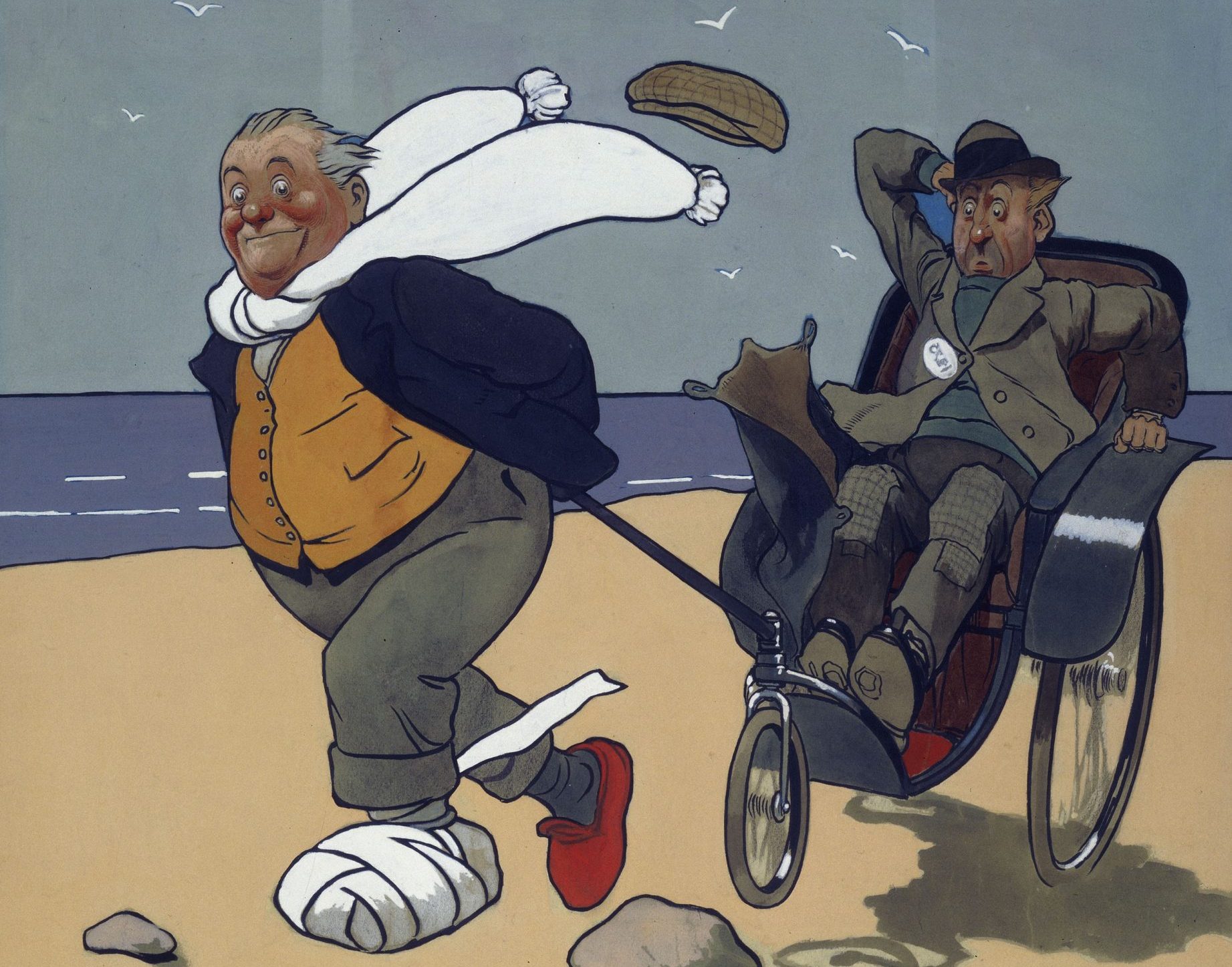
Credit: Getty Images
In Focus: John Hassall's iconic travel posters
The works of British poster king John Hassall remain a breath of fresh seaside air, says Lucinda Gosling.
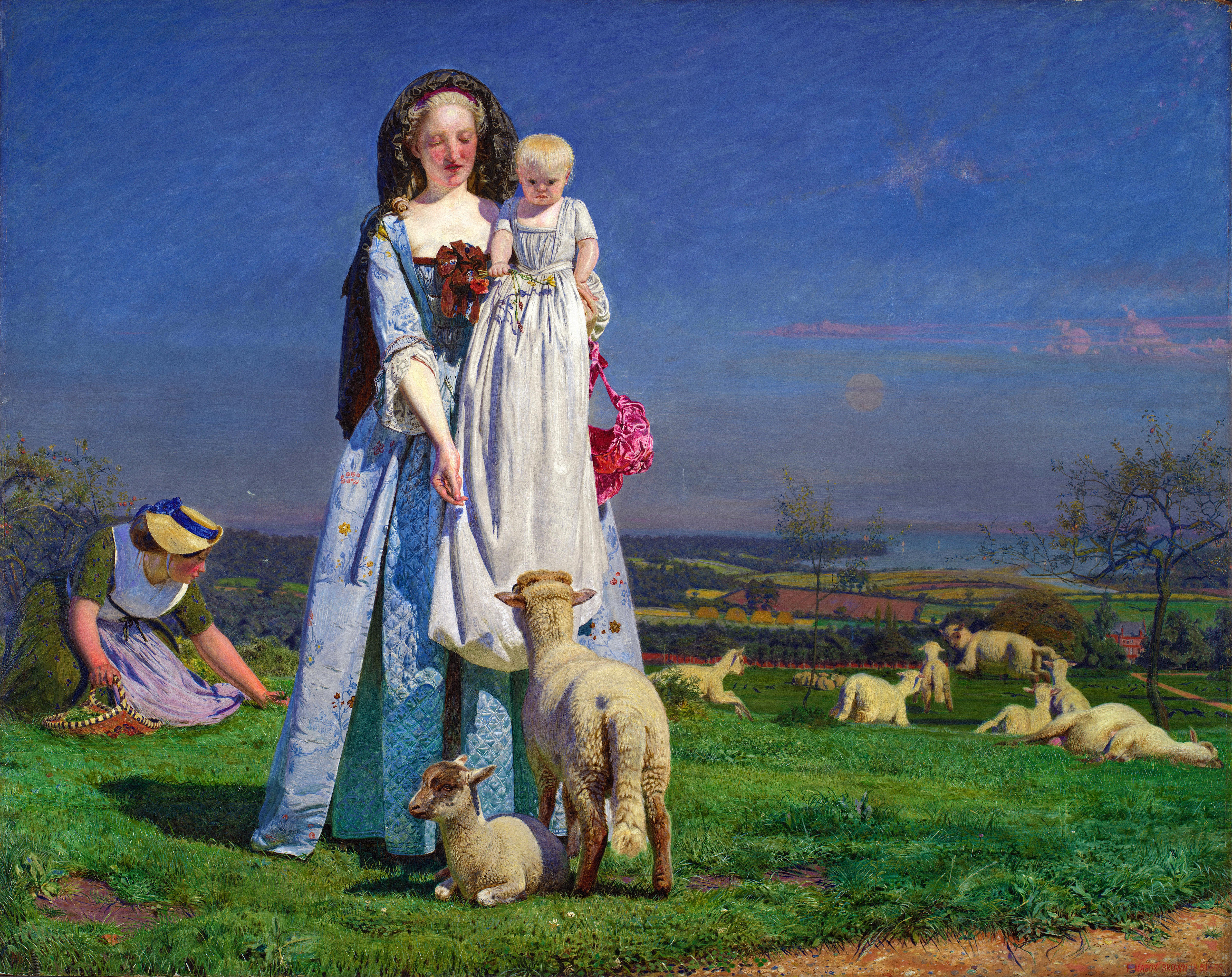
In Focus: The art of Ford Madox Brown
Known for his bold and thoughtful pictures, as well as a fondness for magenta, Ford Madox Brown was one of
Country Life is unlike any other magazine: the only glossy weekly on the newsstand and the only magazine that has been guest-edited by HRH The King not once, but twice. It is a celebration of modern rural life and all its diverse joys and pleasures — that was first published in Queen Victoria's Diamond Jubilee year. Our eclectic mixture of witty and informative content — from the most up-to-date property news and commentary and a coveted glimpse inside some of the UK's best houses and gardens, to gardening, the arts and interior design, written by experts in their field — still cannot be found in print or online, anywhere else.
-
 The King's favourite tea, conclave and spring flowers: Country Life Quiz of the Day, April 22, 2025
The King's favourite tea, conclave and spring flowers: Country Life Quiz of the Day, April 22, 2025Tuesday's Quiz of the Day blows smoke, tells the time and more.
By Toby Keel
-
 London is the place for me* (*the discerning property buyer)
London is the place for me* (*the discerning property buyer)With more buyers looking at London than anywhere else, is the 'race for space' finally over?
By Annabel Dixon